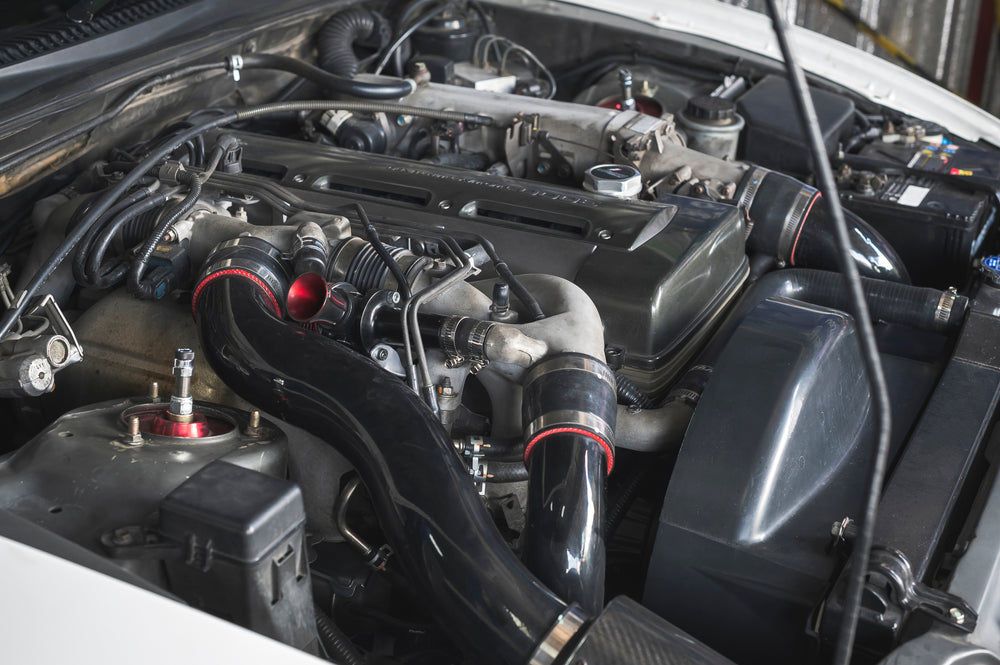
What Is a JDM Engine?
JDM Engines Explained
If an engine, gearbox, or part is labeled "JDM," it was originally sold in Japan. When a vehicle is recycled, its components may be shipped to the United States or another country. Exported secondhand engines and transmissions from Japan are resold as "JDM swaps" or direct replacements for vehicles sold in the RoW and US markets.
The Benefits of JDM Engines
In Japan, the average age of a car is around 7 years. The average annual mileage is around 5300 miles. That puts the average mileage of a car in Japan that is being replaced at 37000 miles. This is the lowest figure of any country in the planet.
The Japanese are extremely enthusiastic about their automobiles. To them, new automobiles are status symbols. Most car owners are highly conscientious about maintaining their vehicles. They bring their new vehicles to the dealership for the services recommended by the manufacturer. It is a source of pride for the Japanese. They are proud of their automobile industry. They manufacture Subaru, Toyota, Nissan, Honda, Lexus, Mitsubishi, and other vehicles.
Japan also boasts an excellent public transportation system, which the majority of the population uses on a daily basis. They're very proud of their trains. As a result, cars are generally used on weekends or to get to the railway station. Japan is an island country (really multiple islands) surrounded by salt water. This atmosphere is conducive to rust and corrosion. This is not good for the longevity of automobiles. Gasoline costs more than twice as much as it does in the United States. Furthermore, Japan has the world's most strict automotive inspection/emissions system. It's known as Shaken.
What is the shaken inspection?
Shaken is a Japanese roadworthiness inspection that car owners are required to undergo every two years. Beginning when a car is three years old. It is the world's most stringent car examination.
The Shaken is at the top of the list of variables that contribute to a Japanese car's limited lifespan. Shaken typically costs at least $1500, but it can cost much more. And the cost rises as the vehicle matures.
Shaken includes registration and renewal fees, as well as severe testing. If there is any body damage, the exterior examination will fail. For the car to be considered roadworthy, any dent, scratch, or rust must be repaired. An undercarriage inspection is performed, which encompasses the complete suspension. The Emission test allows no more than 1% above normal.
The more a car ages, the more difficult it is to pass this test. All of the lights are tested, and the headlamps must be correctly aimed. Running the car on a dynamometer is used to test the speedometer. The inside is inspected to ensure that it complies with Japanese transportation law. Most cars are out of service by the third inspection. As a result of this scenario, high-quality, low-mileage engines and transmissions are available for purchase.

